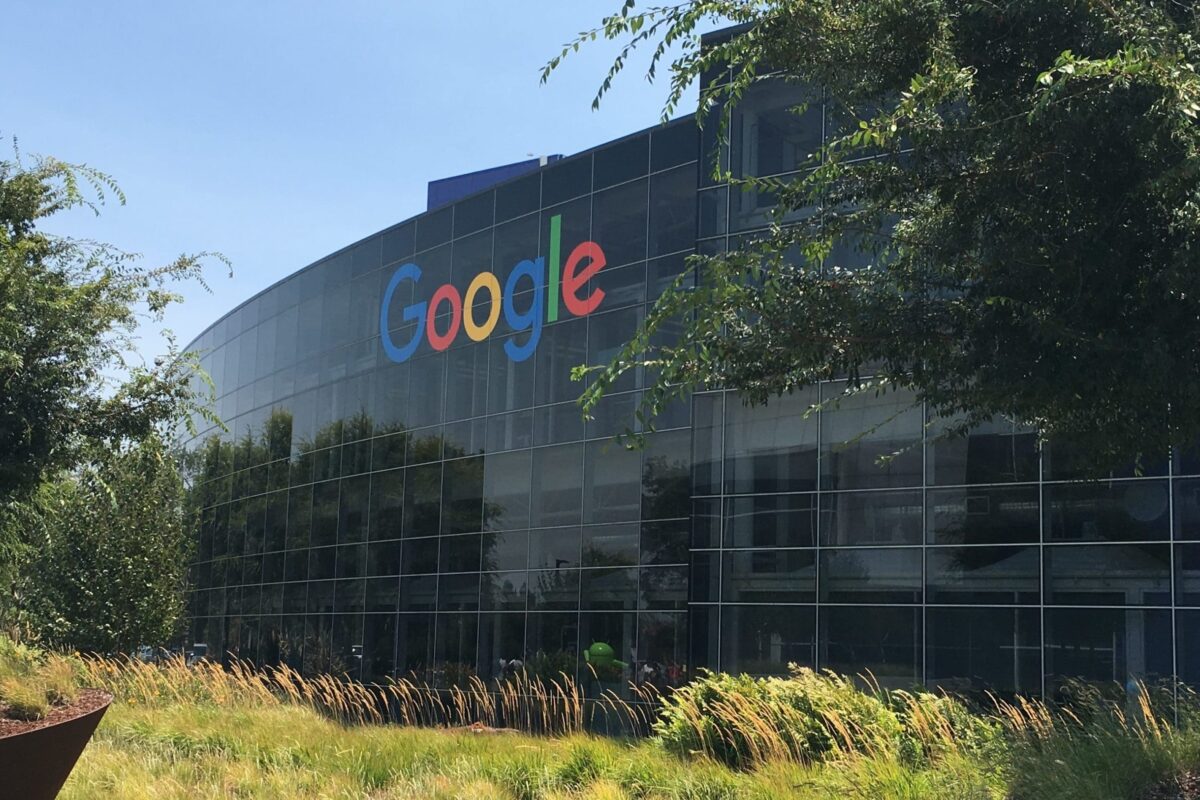Harnessing the great power of the sun in the form of solar panels started as a revolutionary technology that was met with great skepticism for a variety of reasons. Some critics doubted the reliability of solar power, while those who had interests in more traditional forms of energy, like oil, wanted to stifle solar power for their own personal gain.
But, you can only hold back a game-changing product for so long before its performance does the talking, and that’s what happened with solar power in the U.S. Not only have consumers come to realize the value and benefits of solar power, but society’s newfound effort to keep the Earth clean and sustainable has led to an explosion in popularity when it comes to solar-powered energy.
In 2019, the U.S. became home to more than two million solar panel installations. In fact, the country surpassed the two million milestone just three years after eclipsing one million solar panel installations, which took 40 years to accomplish.
Further, it’s predicted that the nation will surpass three million solar installations in 2021 and will go over four million solar panel installations in 2023.
By 2024, 2.5% of all homes in the U.S will have a solar installation, which may not seem like a meaningful percentage but it most certainly is when you realize where solar energy started just a few decades ago.
But, where is this solar revolution taking place?
To get a more precise understanding of where these solar panels are popping up in the U.S., LendEDU analyzed data based on U.S. Census Bureau projections and calculated the towns and cities that have the highest proportion of solar-powered homes.
Towns & cities with the highest proportion of solar-powered homes
LendEDU’s report looked at the most up-to-date housing data for every single U.S. city to find out which communities have the most solar-powered homes relative to their total number of homes.
The data was licensed from GreatData, who combines data from the U.S. Census Bureau with their own projections based on historical trends to provide the most updated figures.
To be considered for the report, a town or city had to have a minimum of 1,500 total houses, which left LendEDU with 10,974 cities to analyze.
Cities from Hawaii and California dominated the top of the list, which makes sense as both states have tremendous solar resources. Additionally, Hawaii has extraordinary high imported energy costs as the state’s remoteness makes it expensive to ship in more traditional sources of power, like oil.
Ewa Beach, Hawaii had the highest proportion of solar-powered homes in the U.S. with 1,269 solar-powered housing units out of 20,199 total housing units, giving the city a solar-powered percentage of 6.282%.
Following Ewa Beach was Jamul, California, which has 194 solar-powered housing units out of 3,123 total units for a percentage of 6.212%. Kapolei, Hawaii rounded out the top three with 897 solar-powered housing units out of 14,476 total units, which means 6.196% of the houses in Kapolei are powered by the Sun.
Other U.S. cities in the top ten from LendEDU included Kailua, Hawaii (5.501%), Makawao, Hawaii (5.084%), Somerset, California (4.932%), Mililani, Hawaii (4.780%), Kahului, Hawaii (4.526%), Kula, Hawaii (4.481%), and Waipahu, Hawaii (4.381%).
Sandia Park, New Mexico was the highest-ranked community outside of Hawaii and California with 96 solar-powered homes out of 2,265 total homes, which gives Sandia Park a percentage of 4.238%.
When it came to communities around the country that had the lowest proportion of solar-powered homes, Henrico, Virginia was at the bottom of the list with a percentage of .004%. Cities that were ahead of Henrico by just a bit included Pittsburgh, Pennsylvania (.004%), Atlanta, Georgia (.005%), Vancouver, Washington (.005%), and Dayton, Ohio (.005%).
Are solar panels worth it for your home?
Deciding whether or not to put solar panels on your home to make it solar-powered is a major financial decision.
Installing solar panels is expensive and many homeowners will need to take out a solar panel loan to cover the costs of installation. However, that initial investment might return a profit over time as you save money on energy costs due to the cheap nature of solar energy compared to other alternatives, like oil.
On average, installing solar panels in a residential home will cost between $12,500 and $16,000 upfront. After setting up solar panels for your home, the average homeowner will have their installation investment paid back in full likely within seven to 14 years.
Once you have paid back your installation costs, then you really begin to start saving money through the efficient power of solar energy. It’s estimated that the average homeowner has paid back their initial investment in addition to earning around $7,000 in solar panel savings by year 20 of having solar panels installed.
If you have long-term plans to remain in your current home for multiple decades, solar panels may be an excellent energy option that can rake in meaningful savings over the course of time.
And if solar panel technology continues to improve itself, installation costs may get even cheaper while savings grow higher.
If that’s the case, expect solar energy in the U.S. to grow even more rapidly than it has been over recent years.
As Director of Communications at LendEDU, Mike Brown uses data, usually from surveys and publicly available resources, to identify emerging personal finance trends and tell unique stories. His work for LendEDU, which has been featured in outlets like The Wall Street Journal and The Washington Post, provides consumers with a personal finance measuring stick and can help them make informed finance decisions.
The views and opinions expressed in this article are the author’s own, and do not necessarily reflect those held by pv magazine.
This content is protected by copyright and may not be reused. If you want to cooperate with us and would like to reuse some of our content, please contact: editors@pv-magazine.com.








I can see why some of those over cast cloudy cities in Ohio and Pittsburg Penn. Yet Germany has a lot of Solar since they have high power rates and local incentives that make Solar pay. They only get 60% of the Sun most US cities get.
QUOTE= When it came to communities around the country that had the lowest proportion of solar-powered homes, Henrico, Virginia was at the bottom of the list with a percentage of .004%. Cities that were ahead of Henrico by just a bit included Pittsburgh, Pennsylvania (.004%), Atlanta, Georgia (.005%), Vancouver, Washington (.005%), and Dayton, Ohio (.005%).
Reminds me – Solar United Neighbors is about to begin a new co-op in Denver and Westminster, CO. They still have open co-ops for Mesa County and Colorado Headwaters areas.
If you are looking to go solar then Solar United is a great way to do it! They have programs in AZ, CO, D.C., FL, IN, MD, MN, OH, PA, TX, VA and WV.
(no affiliation, just participated in a meeting with them)
What % of the SUN in US cities??? You left this out as Germany gets 60%
Some states, especially those in coal mining areas, have disincentives caused by the big businesses pressure on state government. Here in California we have a good incentive program that has led to the installation of more than a million homes, and we’re still going though the rebates will be reduced at the end of this year 2020. The prices have come down so it’s still a money saving deal to get solar installed.
Even if you do not intend to stay in your home for 20 years, solar makes sense. You save on electricity costs while you are there and the value of you property increases. Solar systems can potentially increase the home’s value by up to 4.1% more than comparable homes with no solar panels, according to recent solar research done by Zillow. https://www.energysage.com/solar/why-go-solar/increased-property-values/
I live in Goodyear Arizona. Our city has a much higher percentage of solar powered homes than those in your list. I live in a 55+ community. We have a total of 5,300 homes. A total of 1,738 of those homes, 32%, have rooftop solar. I do not have the numbers for the entire city but it is 20%+. The solar system on my house was 12 years old on August 22, 2020. I have zero outages and zero expense in 12 years. The output of my solar system exceeds PV Watts Calculator by 10.7%.
What’s evil is that utilities are totally unwilling to change their business model to accommodate renewables, to the detriment of the world. The utilities need to reduce the fossil fuel generation and get the renewables plus storage to replace legacy fossil fuels. If they don’t, they will be left with ‘stranded assets’ that will drag them down. Residential solar is just one piece of the total picture. Storage is another.
I agree with you. I believe that installation costs may get even cheaper while savings grow higher. The savings on your monthly utilities is substantial and the tax incentives are fantastic. Some states more than others. Your best bet is to get online quotes to shop and compare. A local provider will reply with a prompt quote. There is no need to overpay for the panels and install!
Among US cities surveyed, Honolulu, Las Vegas, San Diego, Albuquerque, and San Jose are all leaders in solar power per person.
These cities have experienced solid and sustained growth in solar energy, setting the pace nationally for solar energy development.
Solar power is a vital renewable resource that can help reduce dependence on fossil fuels, and these cities are leading the way in developing this clean energy source.
In addition to the environmental benefits of solar power, it also has the potential to create jobs and spur economic development.
These cities are setting an example for the rest of the country in terms of solar power development, and it is hoped that other cities will follow their lead in the coming years.
https://www.missionnewenergy.com/how-big-are-solar-panels/